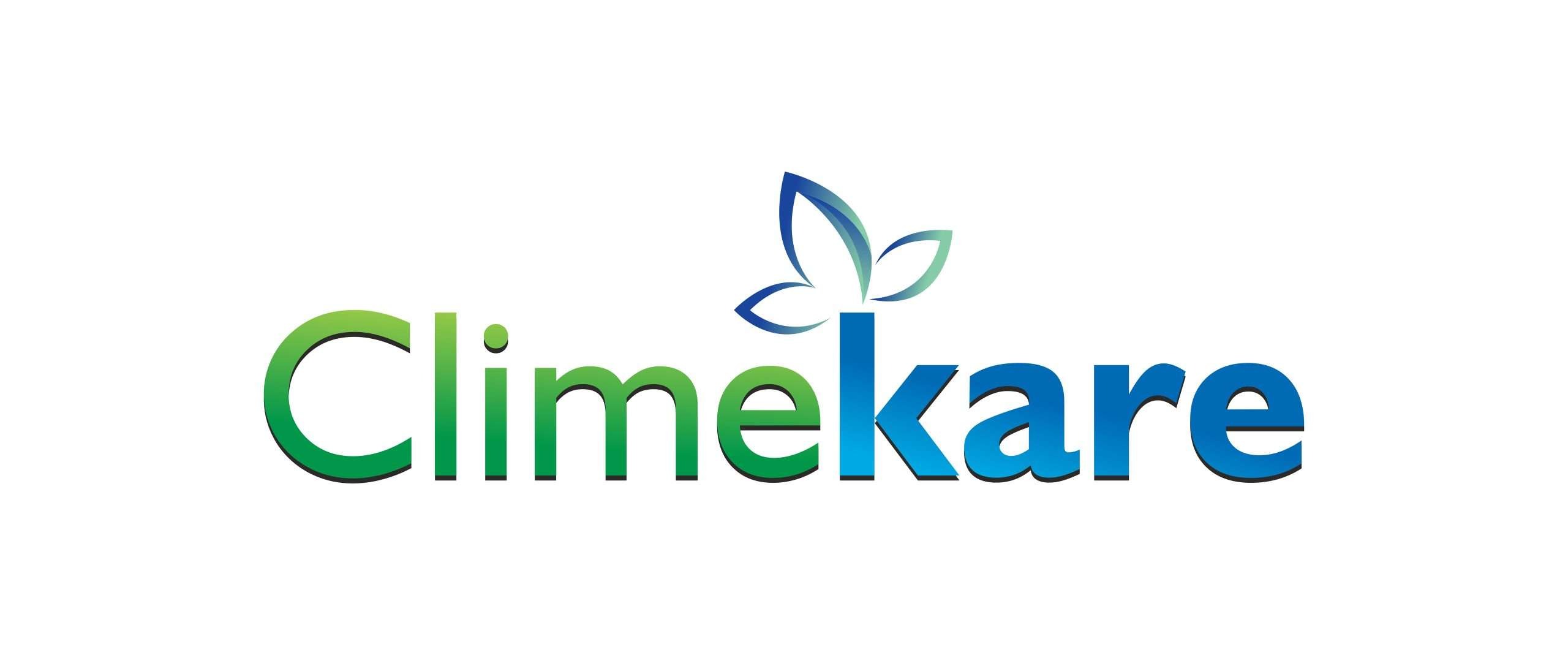Masks have long served as powerful symbols across diverse cultures and historical periods. Far beyond mere physical coverings, they embody complex ideas of identity, authority, transformation, and social order. From ancient ritualistic practices to contemporary digital environments, masks reflect humanity’s ongoing fascination with concealing and revealing the self. Understanding this evolution illuminates both the risks we face and the profound rewards masks can offer.
Table of Contents
- Defining Masks: Symbols of Identity and Transformation
- Historical Overview: From Rituals to Society
- Cultural and Psychological Significance
- Masks in Ancient Civilizations
- Risks and Rewards in History
- Modern Interpretations of Masks
- Contemporary Illustration: Maximus Multiplus
- Ethical Dimensions of Mask Use
- The Future of Masks
- Conclusion: Navigating Risks and Rewards
Defining Masks: Beyond Physical Coverings—Symbols of Identity, Power, and Transformation
Masks are traditionally recognized as physical objects worn to conceal or transform appearance. However, in a broader symbolic sense, they represent much more—embodying facets of personal and collective identity, authority, spiritual connection, and societal roles. Psychologists like Carl Jung have noted that masks serve as archetypes, revealing the personas we adopt in different contexts. For example, a leader may don a metaphorical mask of confidence, while an artist might explore various personas through costume and performance.
Historical Overview: From Rituals to Society
Throughout history, masks have played essential roles in religious ceremonies, warfare, and social rituals. Ancient civilizations such as Egypt, Greece, China, and Japan used masks to communicate with divine beings, honor ancestors, or mark rites of passage. Over time, masks transitioned from sacred objects to tools of social regulation—allowing individuals to assume roles, maintain anonymity, or challenge authority. This evolution underscores the dual nature of masks as both protective and potentially deceptive tools.
Cultural and Psychological Significance of Masks
Masks in Religious and Spiritual Ceremonies
In many cultures, masks serve as bridges to the divine or ancestral spirits. For example, African masks are integral to rituals that invoke spirits, promote healing, or ensure agricultural fertility. Similarly, the Japanese Noh theater employs masks to embody mythic characters, transcending individual identity to connect with spiritual narratives. These masks symbolize a sacred dialogue, emphasizing their role in spiritual connection.
Masks as Tools for Social Regulation
Masks facilitate social roles by concealing personal identity, fostering anonymity, and enabling role-play. In ancient Greek theater, masks allowed actors to embody multiple characters, emphasizing societal themes. In modern contexts, masks during protests or demonstrations provide anonymity, protecting individuals from retaliation while signaling unity and shared purpose. This function demonstrates how masks can empower social movements or enforce societal norms.
Psychological Implications
Psychologists explore the concept of the “mask” as a metaphor for the personas individuals adopt. Carl Jung suggested that masks help individuals navigate social expectations, but overuse may lead to identity dissonance or emotional disconnection. The act of masking can be both a defense mechanism and a means of self-exploration, highlighting the complex psychological layers involved in mask symbolism.
Masks in Ancient Civilizations: Symbols of Power and Protection
| Civilization | Purpose of Masks | Symbolic Meaning |
|---|---|---|
| Ancient Egypt | Rituals, funerary practices, and divine representations | Transformation, divine authority |
| Ancient Greece | Theater, warfare (e.g., Corinthian masks), religious festivals | Identity concealment, societal roles, spiritual connection |
| China & Japan | Theatrical performances, religious festivals (e.g., Noh, Kabuki) | Mythic archetypes, social order, spiritual symbolism |
| Ancient India & Southeast Asia | Rituals, dance-drama, warfare | Protection, spiritual power, societal hierarchy |
The Dual Nature of Masks: Risks and Rewards in Historical Contexts
Throughout history, masks have offered significant advantages, such as empowerment, spiritual connection, and societal role facilitation. Conversely, they pose risks like deception, loss of authenticity, and physical danger — especially evident in contexts like gladiatorial combat or warfare. Recognizing this duality helps us appreciate both the protective and potentially harmful aspects of masks.
“Masks are tools of transformation that can empower or deceive—depending on the intent behind their use.” — Historical Perspectives
Rewards of Masking
- Empowerment through anonymity and role assumption
- Facilitation of spiritual or ritualistic connection
- Protection in warfare or dangerous environments
- Social cohesion within groups or movements
Risks of Masking
- Potential for deception and manipulation
- Loss of individual authenticity or identity
- Physical dangers in combat or hazardous environments
- Erosion of trust when masks are misused
Modern Interpretations of Masks: From Entertainment to Identity and Technology
In contemporary society, masks continue to evolve in function and symbolism. They are central to theater, film, and cosplay, where they enhance storytelling and personal expression. Social movements utilize masks to symbolize solidarity and protect identities, exemplified by protests worldwide. Additionally, technological advancements have given rise to virtual masks—avatars and digital identities—that redefine notions of self in online environments. These modern masks encapsulate the enduring human desire to conceal, transform, and communicate.
Masks in Entertainment and Personal Expression
From the elaborate costumes of theatrical performances to the immersive worlds of cosplay, masks serve to deepen narratives and facilitate self-expression. They allow individuals to embody characters, explore different facets of personality, or simply enjoy creative freedom. These physical masks foster community and shared cultural experiences, demonstrating their ongoing relevance.
Masks in Social Movements and Digital Realms
During protests such as the Yellow Vest movement or the use of Guy Fawkes masks, masks act as symbols of unity and anonymity, protecting protesters from identification retaliation. In the digital age, avatars and virtual identities serve as modern masks, enabling users to navigate online spaces with a degree of protection and creative agency. These virtual masks raise questions about authenticity and trust but also showcase the adaptability of mask symbolism.
Contemporary Illustration: Maximus Multiplus
Modern innovations like 🤔 🇬🇧 exemplify how the principles of masks—protection, agility, and adaptability—translate into functional tools. Maximus Multiplus, for instance, embodies a balance akin to that of ancient armor: safeguarding users while enhancing performance. Its design draws parallels with Roman military gear, which combined protection with mobility, illustrating the timeless concept that effective “masking” involves safeguarding oneself without sacrificing agility. Such tools demonstrate how the concept of masking continues to evolve, serving personal and professional development in a highly interconnected world.
Risks and Rewards of Modern Wearable Technology
While devices like Maximus Multiplus offer significant benefits—such as increased safety and efficiency—they also carry risks, including dependency, privacy concerns, and potential misuse. As with traditional masks, the key lies in mindful application, ensuring that technological “masks” serve to empower rather than deceive or diminish authenticity.
The Ethical Dimensions of Mask Use and Symbolism
Historically, masks have been used for both noble and nefarious purposes. Ethical considerations revolve around when masking promotes societal good—such as protecting identities during activism or fostering spiritual growth—and when it becomes a tool for deception or harm. Transparency and intent are crucial; for instance, masks used in therapy or rituals often serve genuine purposes, whereas masks employed to mislead undermine trust. The societal impact of masks hinges on balancing these aspects.
The Future of Masks: Emerging Trends and Challenges
Advances in materials science and design promise safer, more functional masks—both physical and digital. Developments include smart materials that adapt to environmental conditions and sophisticated virtual avatars that simulate realistic interactions. However, these innovations pose societal and psychological challenges, such as increased reliance on virtual identities and potential erosion of authentic human connection. Learning from historical contexts underscores the importance of balancing technological progress with ethical awareness, ensuring masks serve to enhance human experience without compromising trust or authenticity.
Conclusion: Embracing the Symbolism of Masks—Navigating Risks and Rewards
Masks are enduring symbols that reflect our deepest desires for connection, protection, and self-expression. Their significance transcends time, shaping rituals, social interactions, and technological advancements. As we continue to develop new forms of masks—whether physical, social, or digital—it is vital to approach their use with mindfulness and ethical responsibility. Recognizing the delicate balance between safeguarding ourselves and maintaining authenticity enables us to harness the full potential of masks, fostering a society that values both protection and genuine human connection.




